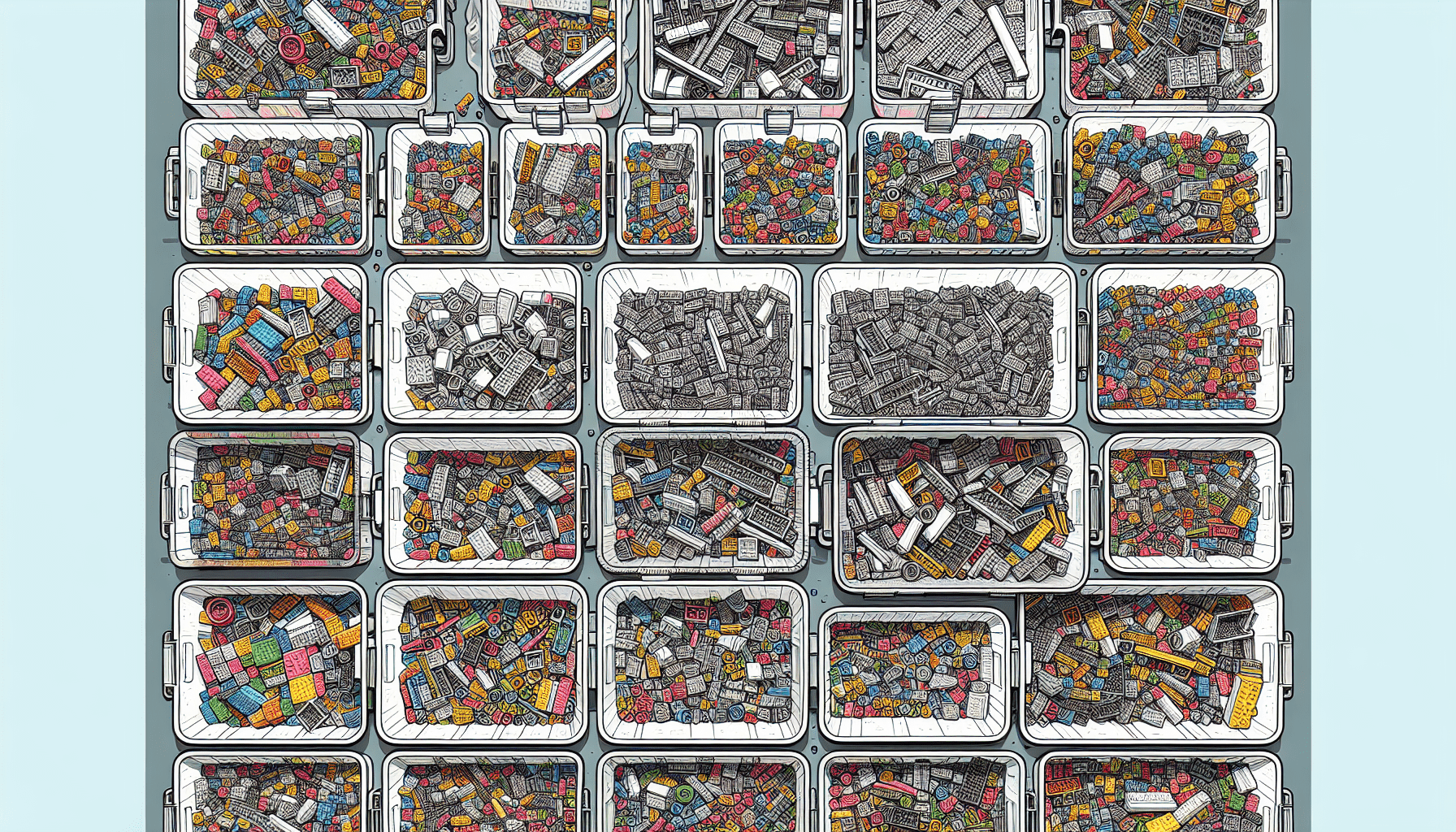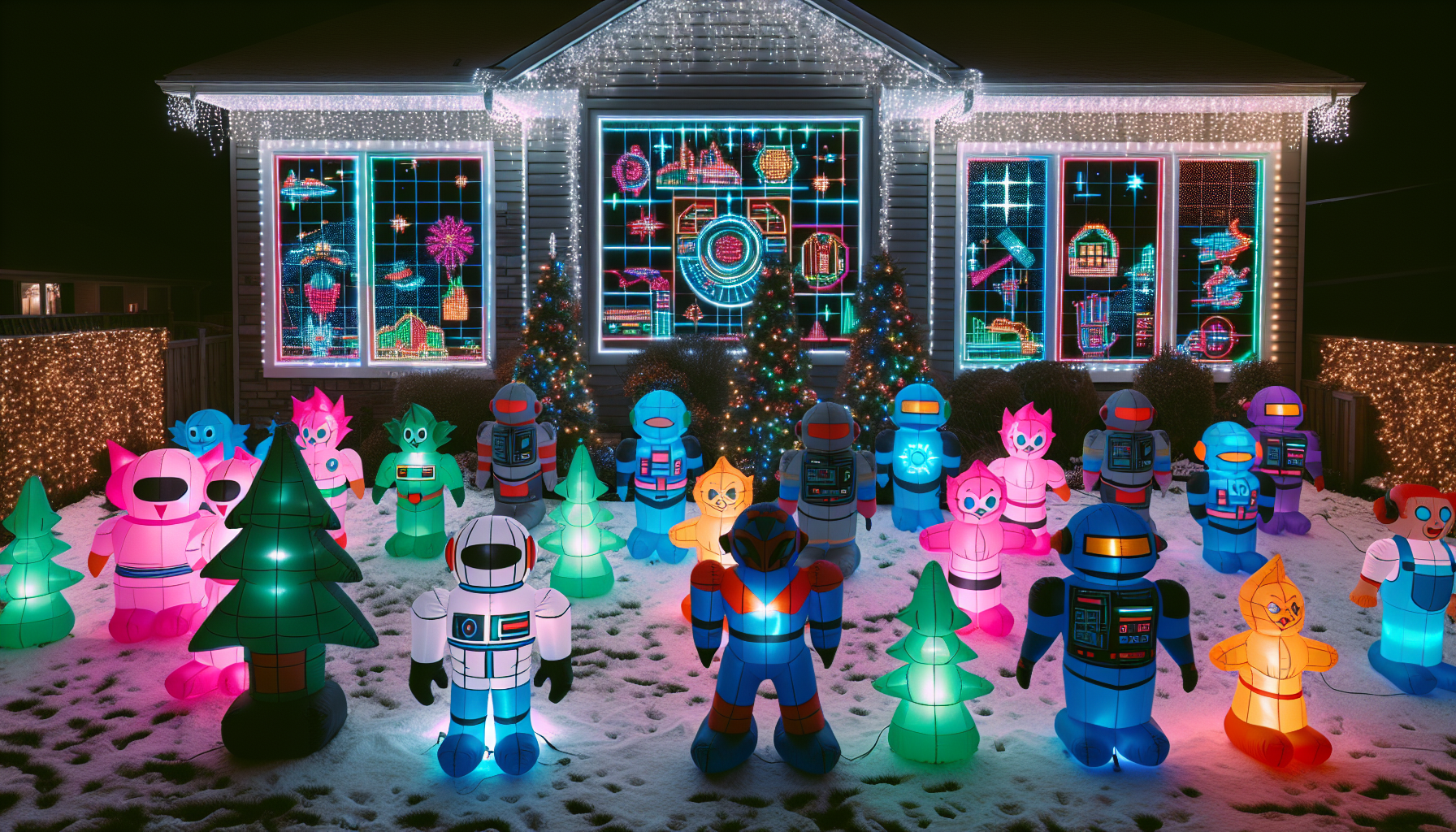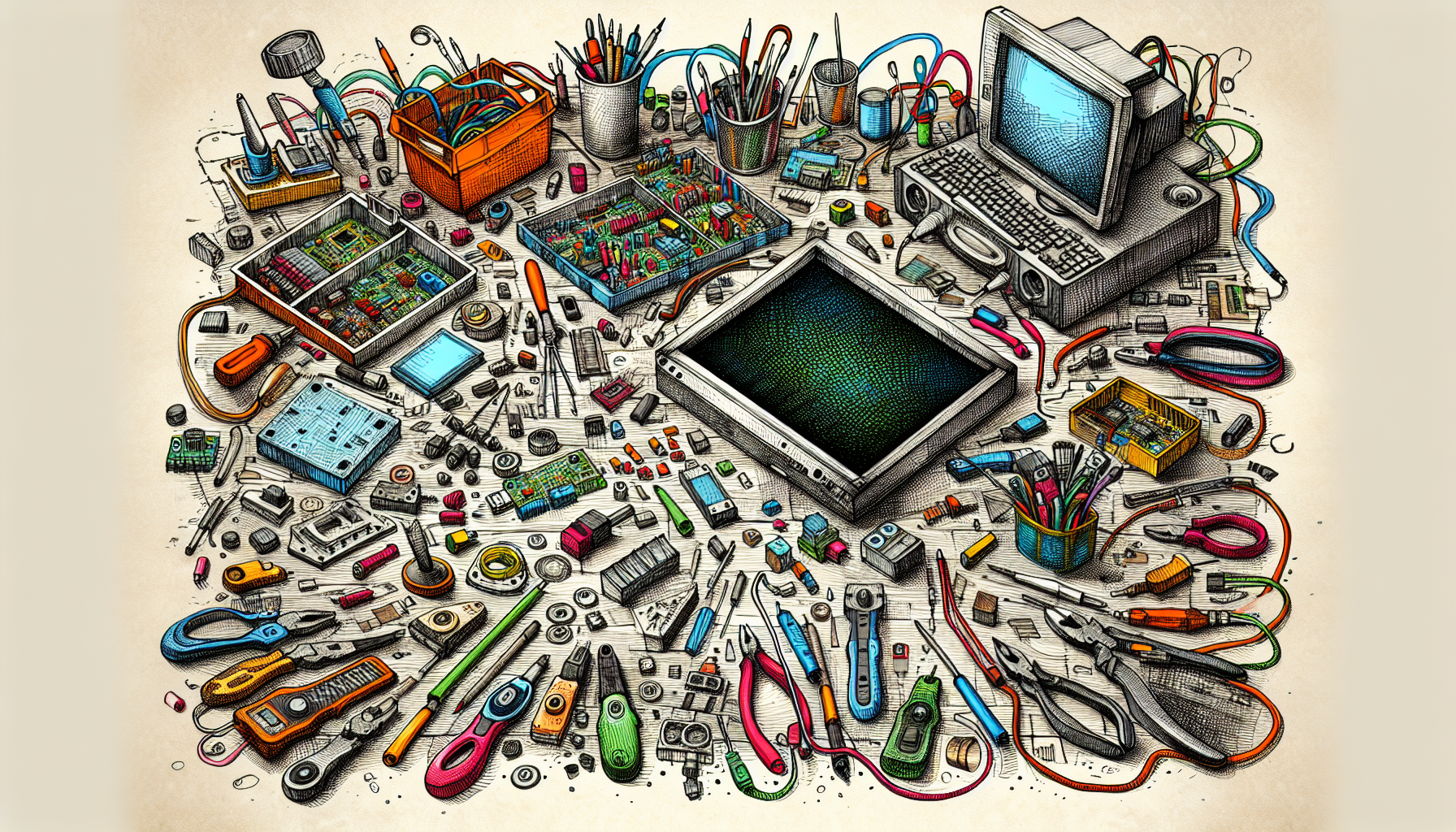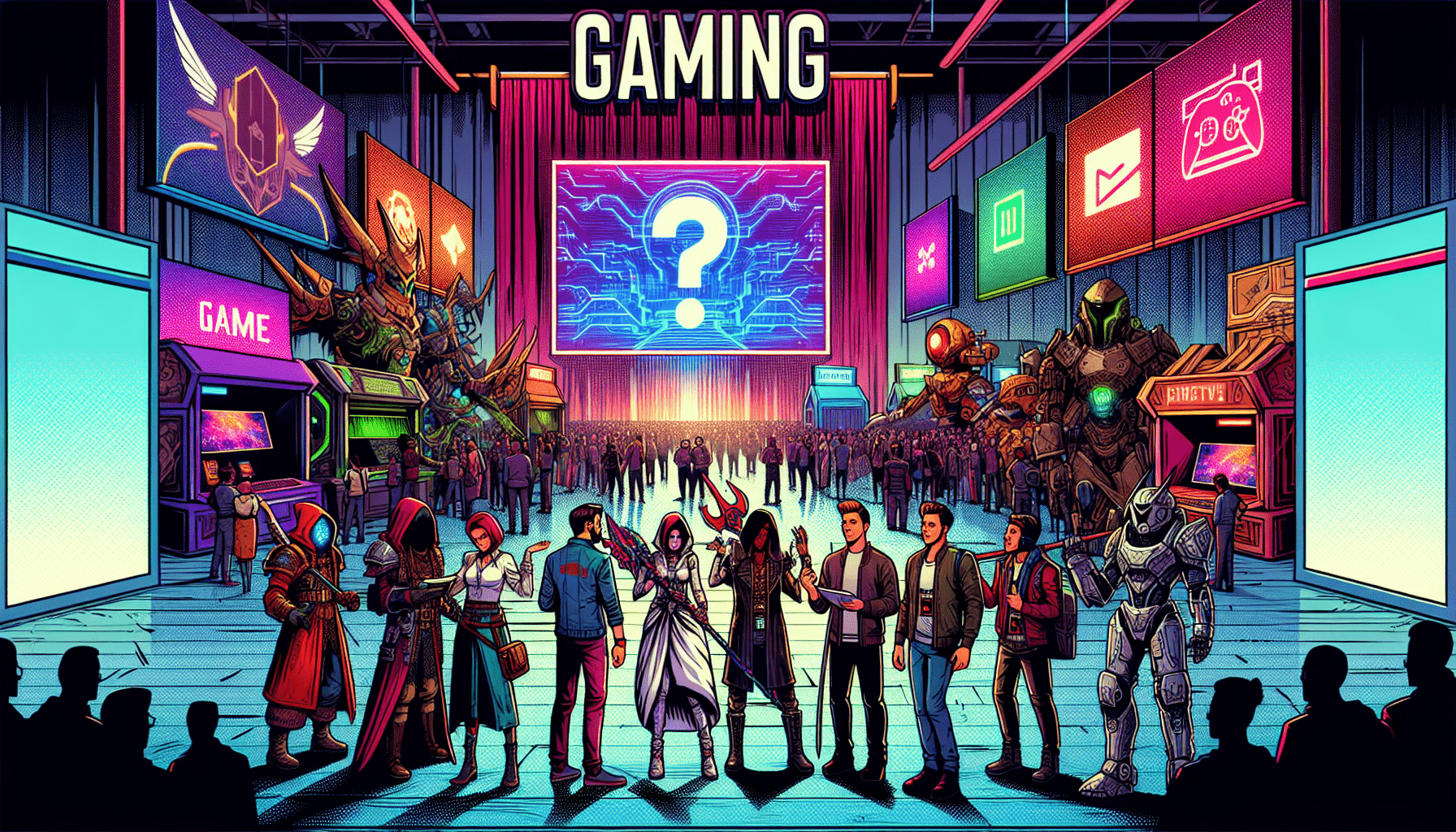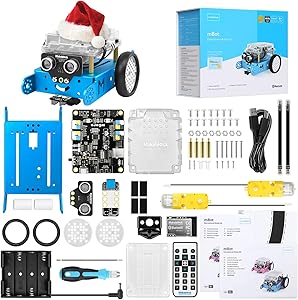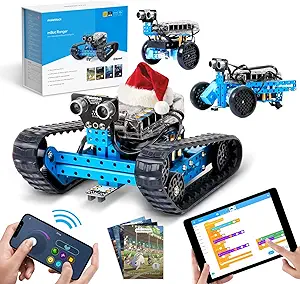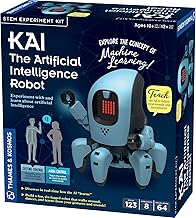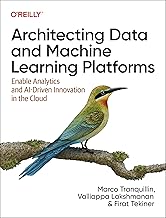LEGO has long been more than just a toy; it’s a vibrant culture steeped in creativity, collaboration, and nostalgia. The colorful bricks have sparked the imaginations of children and adults alike, creating a passionate community of builders, collectors, and enthusiasts. In this blend of artistry and engineering, RebrickNet emerges as a groundbreaking project, aiming to change how we identify and manage our LEGO pieces using artificial intelligence.
This blog post will dive into the technological implications, limitations, and privacy concerns surrounding RebrickNet as it sets out to streamline the LEGO-building experience.
What is RebrickNet?
RebrickNet is a cutting-edge AI initiative designed to identify LEGO parts through computer vision. This innovative tool simplifies the often daunting task of sorting and recognizing various bricks by leveraging advanced machine learning techniques. Developed by a passionate team willing to blend technology and play, RebrickNet aims to empower LEGO enthusiasts with a fast and effective solution to manage their collections.
The magic of RebrickNet lies in its use of AI and computer vision—a combination that enables the system to analyze and identify different LEGO pieces from images provided by users. By employing a vast dataset for training, RebrickNet improves over time, aiming for higher accuracy in identifying those oh-so-familiar bricks. Currently, it boasts impressive performance stats in its recognition abilities, although exact figures can fluctuate based on model refinement.
Technological Implications for the LEGO Community
Imagine the liberation for LEGO builders as they explore the possibilities of RebrickNet. By enhancing the building experience, enthusiasts are empowered to focus on creativity rather than the minutiae of part management. Not only does it enable more efficient organization of collections, but it also opens doors for collaboration and sharing within the community.
Newcomers to the hobby often find the overwhelming number of unique pieces daunting. RebrickNet lends a hand by simplifying identification, making it accessible for both experts and novices alike. Practical applications for the tool include:
- Organizing parts efficiently for future builds
- Conducting inventory assessments for large collections
- Facilitating collaborations between builders
Potential Limitations of RebrickNet
That said, no technology is without its flaws, and RebrickNet is no exception. One area of concern is accuracy, which occasionally falls short. Misidentification of pieces can lead to frustration, especially when dealing with rare or custom LEGO parts. Furthermore, the model’s performance heavily relies on the quality of input images. Without clear, well-lit photos, the potential for errors increases, and users may find themselves stuck guessing their pieces.
Data Privacy Considerations
As with any AI innovation, user privacy cannot be overlooked. Concerns regarding data usage have surfaced in community discussions. The primary question revolves around how data is anonymized and safeguarded during the AI training process.
RebrickNet’s developers emphasize the importance of protecting user data and have taken steps to ensure that feedback and data are handled with care. Their commitment to transparency and ethical practices builds trust within the community.
Community Feedback and Reception
The response from LEGO users and AI enthusiasts has been generally enthusiastic. Many LEGO fans expressed genuine appreciation for how RebrickNet can streamline their building experiences. Conversing across community forums highlights a shared excitement for technological advancements, with users eagerly discussing the potential for RebrickNet’s future implications on both tools and collections.
Future of AI in LEGO and Beyond
As we look ahead, the sky is the limit for advancements in AI, not just for LEGO but across various hobbyist communities. We can envision more sophisticated AI tools being developed for different types of collectibles, potentially altering how we interact with items we cherish.
Technological adventurers, it’s time to get involved! Whether it’s through sharing feedback with RebrickNet or engaging with other hobbyists, there’s much to explore and discuss.
Conclusion
RebrickNet has the potential to transform the LEGO building experience for countless enthusiasts, bridging the gap between technology and creative expression. However, the conversation around accuracy and privacy remains crucial as we navigate this new era. As we embrace the joys of building, let us not lose sight of our values around trust and community in this tech-driven world.
For more information, check out the RebrickNet on GitHub and join the conversations fueling this innovative project.

